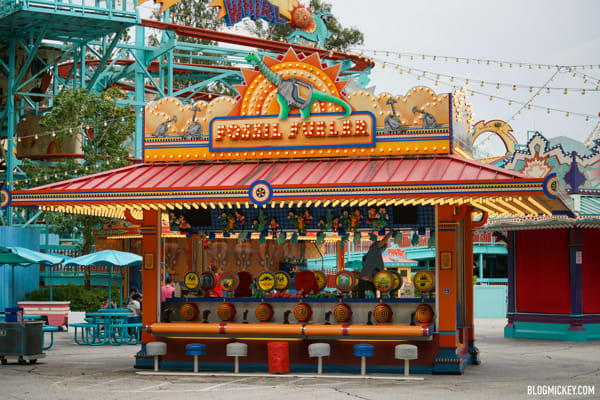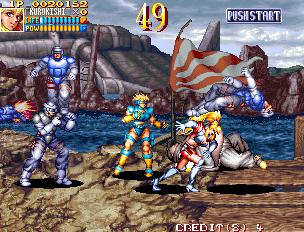

Computer Space wasn't a success, as gameplay was too complicated. It was created by Nolan Bushnell and Ted Dabney, who would found Atari the following year.

Two months later, Computer Space, a one-player multi-directional Shoot 'Em Up based loosely on Space War, became the first commercially-available coin-operated arcade game. One machine was produced and installed at Stanford University in September 1971.

The first coin-operated video game was Galaxy Game, a version of Space War. This was the market that arcade video games would step into. These machines used belt-driven discs and projector screens to simulate various thrills and activities. Furthermore, pinball didn't dominate the space alone - they were joined by the electromechanical predecessors of Video Games, such as Chicago Coins Speedway (1969) and Motorcycle (1970). Even so, arcade owners replaced their novelty machines with pinball machines and electromechanical baseball, horse racing, and bowling games.īy the time municipal bans on pinball machines ended in the mid-70s, they were already fairly ubiquitous devices, filling up bowling alleys, laundromats, shops, and bars. The games soon surged in popularity as designers added flippers and bumpers, even as some parents and legislators associated them with gambling, organized crime, and delinquency, and moved to have them banned. In 1931, David Gottlieb's Baffle Ball introduced "pin games" to arcades and kick-started an industry. When the novelty of those devices wore off, establishment owners repurposed them with lower-priced attractions for a wider crowd - workers and tourists would spend pennies on coin-operated shooting galleries, peep shows, fortune tellers, strength testers, candy dispensers, and even slot machines. There, patrons could spend their dimes and quarters on kinetoscopes and phonographs, allowing the then-miraculous experience of listening to recorded sounds and watching moving images. The roots of the arcade are the midways, dime museums, and amusements parlors of the 19th Century (which often had visible arches supporting their roofs, and recessed arches for the attractions, hence the name).


 0 kommentar(er)
0 kommentar(er)
